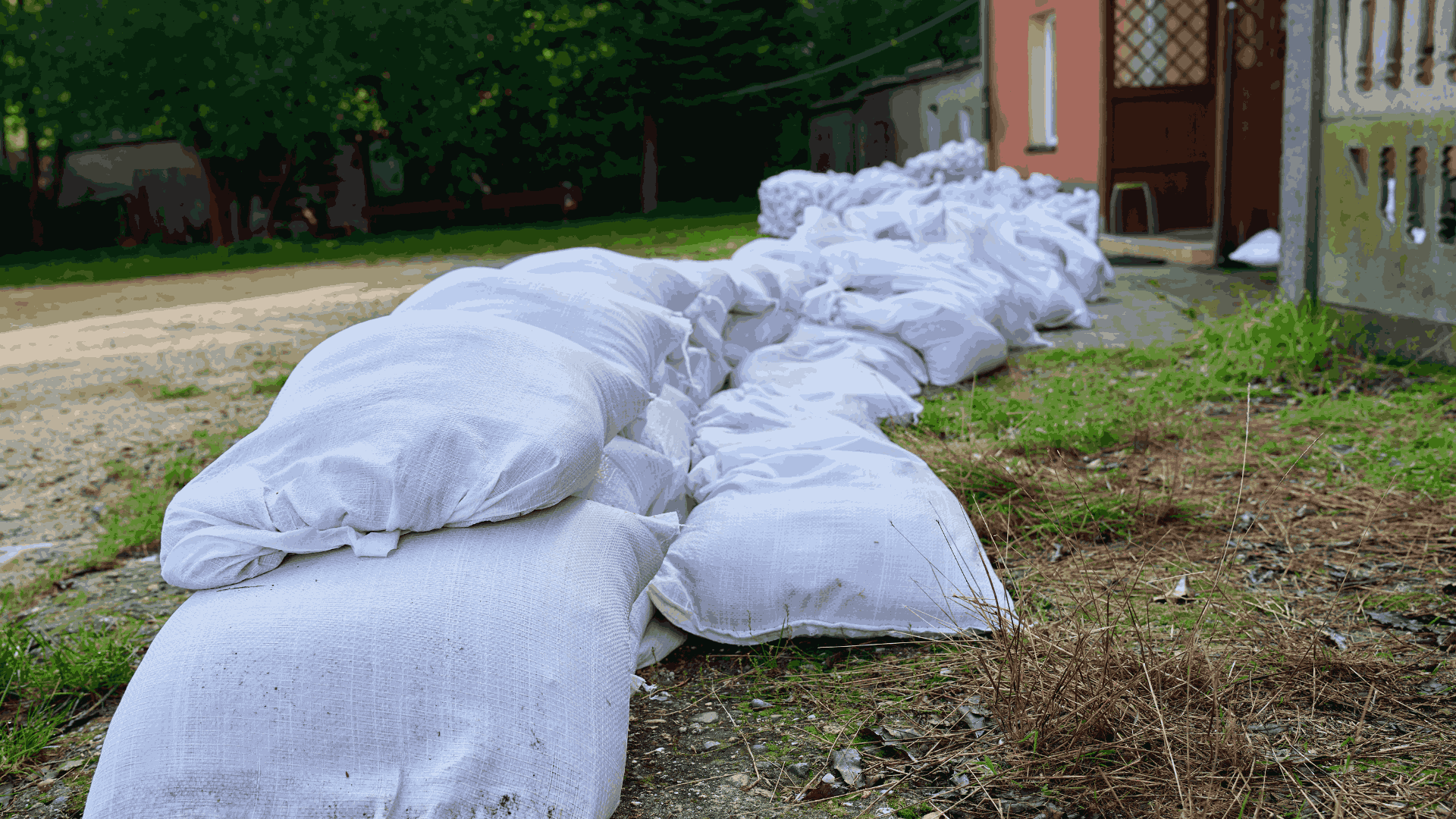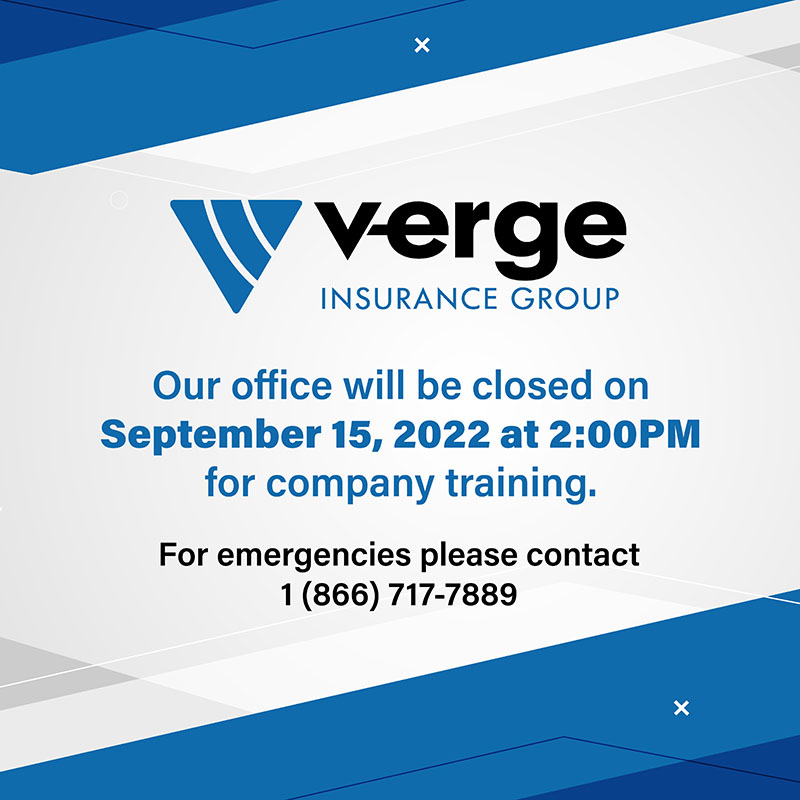Where’s the safest place in your home to seek shelter from a hurricane? How is a hurricane watch different from a hurricane warning? Take this quiz to test your hurricane knowledge. (Answers are below. No peeking!)
1. Which factor determines the category of a hurricane?
A. The size of the storm
B. The wind speed
C. The amount of rainfall
D. The number of tornadoes it has spawned
2. What is the most dangerous aspect of a hurricane if you live on the coast?
A. Heavy rain
B. Storm surge
C. Wind gusts
D. Lightning
3. Which Canadian province has the most hurricanes on average?
A. Nova Scotia
B. British Columbia
C. Ontario
D. Quebec
4. How far inland can hurricane-related flooding occur?
A. Only near the coastline
B. 15 km inland
C. Over 150 km inland
D. 8 km inland
5. What is the best way to reinforce your windows during a hurricane?
A. Attach plywood over them
B. Install impact-resistant windows or hurricane shutters
C. Open them
D. Leave them uncovered
6. What is the main goal of a hurricane evacuation order?
A. To reduce property damage
B. To prevent traffic congestion
C. To preserve human lives
D. To monitor storm activity
7. Which part of your house is most likely to sustain damage during a hurricane?
A. The floors
B. The walls
C. The roof
D. The plumbing
8. The eye of a hurricane is calm and free of strong winds.
True or false?
9. What hurricane-related damage do most standard home insurance policies cover?
A. Flood damage
B. Wind damage to the home’s structure and contents
C. Flood and wind damage
D. Only structural damage
10. Which is NOT recommended to prepare your home for a hurricane?
A. Trim tree branches near your home
B. Secure outdoor furniture
C. Store valuables in a waterproof container
D. Leave doors open to equalize pressure
11. How is a hurricane watch different from a hurricane warning?
A. A watch indicates hurricane conditions are possible, while a warning indicates hurricane conditions are expected.
B. A watch is issued for smaller storms, while a warning is for larger storms.
C. A watch is issued after the hurricane has made landfall, while a warning is issued before.
D. They mean the same thing.
12. What is the safest room in your house during a hurricane?
A. Any room on the first floor
B. The basement
C. An interior room with no windows
D. The garage
13. What’s the best way to protect your home from flood damage during a hurricane?
A. Install flood barriers and elevate appliances
B. Seal windows with duct tape
C. Replace carpet with hardwood flooring
D. Turn off the AC
14. What should you NOT include in your emergency kit?
A. A local map
B. A portable phone charger or power bank
C. Important documents, like your insurance policy and Social Security cards
D. A Wi-Fi router
15. After a hurricane, what is the first thing you should do to address your property damage?
A. Hire contractors immediately to start repairs
B. Notify your insurance company and document the damage with photos and videos
C. Remove debris while wearing proper protective gear
D. Don’t do anything until normal power and water are restored
16. If trees fall into your yard from a neighbour’s yard, it’s their responsibility to clean it up.
True or false?
17. A standard home insurance policy will cover water that backs up into your house through the sewer system due to heavy rainfall.
True or false?
How did you do? Check the answers below.
Answers
1. B.
The wind speed. The Saffir-Simpson Hurricane Wind Scale (SSHWS) is a five-point scale used to predict a hurricane’s potential for property damage. On the scale, hurricanes rated Category 3 or higher are considered major hurricanes. According to the Canadian Hurricane Centre, the wind speeds and associated damage for each of the five categories are:
SSHWS category |
Wind speed |
Level of damage |
Category 1 |
119-153 kph | Very dangerous winds will produce some damage.
|
Category 2 |
154-177 kph | Extremely dangerous winds will cause extensive damage.
|
Category 3 |
178-209 kph | Devastating damage will occur.
|
Category 4 |
210-249 kph | Catastrophic damage will occur.
|
Category 5 |
250 kph or higher | Catastrophic damage will occur:
|
2. B.
A storm surge is when a storm’s winds displace sea water onto land. A storm surge causes fast-moving, heavy water that can pick up and move entire structures.
3. A.
According to Canada’s Get Prepared website, all provinces close to the Atlantic Ocean are at risk. But data from the Canadian Hurricane Centre suggests that Nova Scotia and Newfoundland and Labrador have been the most affected by hurricanes. Nova Scotia is particularly vulnerable to hurricanes because of its location, which puts it in the direct path of hurricanes forming in the warm waters of the Caribbean and Atlantic.
4. C.
Inland flooding can occur far from the eye of the hurricane, due to heavy winds and rain.
5. B.
These prevent windborne debris, water and high wind pressures from entering your house. Use plywood only as a last resort.
6. C.
Moving people out of the vulnerable area avoids life-threatening hazards like storm surge, flooding and high winds. It also reduces the risk to first responders.
7. C.
During a hurricane, high winds blow over the roof, creating a lifting force. At the same time, the wind can enter the home through small openings, creating positive pressure inside that further pushes the roof away from the structure. You can reinforce your roof ahead of hurricane season by:
- Reattaching loose shingles with nails or roofing cement
- Applying construction adhesive on rafters and trusses where they meet the roof deck
- Patching, reinforcing or sealing gaps in flashing (Flashing is a thin, waterproof material installed at vulnerable intersections on a roof, such as where the roof meets the chimney, wall or skylight. It’s often metal.)
- Installing hurricane clips, metal devices that strengthen the connection between the roof and the walls (Clips reinforce critical points where the roof meets the walls, but don’t provide a broad connection.)
- Installing single or double-strap roof reinforcements (Straps provide a broad, continuous hold across the structure.)
8. True.
The eye of a hurricane is relatively calm with no clouds. The area around it, the eye wall, is the most dangerous. The eye wall is a ring of clouds and thunderstorms surrounding the eye.
9. B.
For flood damage, you’d need a separate flood insurance policy. Ask your broker about coverage availability and cost in your area.
10. D.
Closing all of your interior doors can help compartmentalize the pressure inside your home. That way, if a window or door breaks, the high pressure from hurricane-force winds will be restricted to that area of the home. It may even save your roof. Additionally, reinforcing exterior doors by installing impact-resistant, watertight seals can prevent water from entering your home.
11. A.
A watch is issued 48 hours in advance, and a warning is issued 36 hours in advance. If you’re under a hurricane watch, prepare your home and review your emergency plan. Follow the advice of local officials. If you’re under a hurricane warning, prepare your home and evacuate immediately if directed to.
12. C.
This is typically a bathroom, closet or hallway. It’s the safest space in your home because it reduces your exposure to shattering glass and flying debris, which may enter through exterior doors and windows. It also reduces your risk of exposure to structural collapse.
13. A.
Flood barriers like sandbags or water-filled flood tubes are affordable options for protecting your home. You should also elevate any appliances at ground level to protect them from water damage. Some communities have federally and provincially funded climate resilience programs to help residents afford upgrades and retrofits to protect their homes. Check with your broker about which upgrades qualify for insurance discounts.
14. D.
It won’t work without power and an active internet connection, which you can expect to go without for the first few days or weeks after a hurricane. For a list of items to include in your emergency kit, visit getprepared.ca.
15. B.
Your independent broker is different from the insurance company that insures your home. Your independent broker works for you; the insurance company’s claims representatives and adjusters work for the insurance company. Stick to the facts when you speak to anyone from the insurance company. Keep records of all your interactions. Maintain email summaries of your discussions and ask them to confirm all the deadlines you agree on. You also have the right to hire an adjuster to survey your home’s damage. They can help you navigate your coverage and provide damage assessments to the insurance company, for a fee.
Document the damage with photos and videos. Do not begin cleanup efforts until local officials say it’s safe to do so. Once it’s safe to reenter your home, thoroughly document the damage with time-stamped photos and videos to support your insurance claim. (Note that your insurance policy may require you to act quickly to remediate water damage before mold sets in.)
16. False.
The insurance policy of the damaged property pays for the repairs. Felled trees from excessive winds are considered “acts of God,” or “force majeure” events. So if your neighbour’s tree falls onto your property, your policy will pay to remove it. Likewise, your neighbour’s policy will respond if your tree falls on their property.
17. False.
Floods and heavy rain can overwhelm sewer systems, causing sewer water to backflow into homes. Standard home insurance policies don’t cover it. You’d need to add a sewer backup endorsement to your home insurance policy for that.



